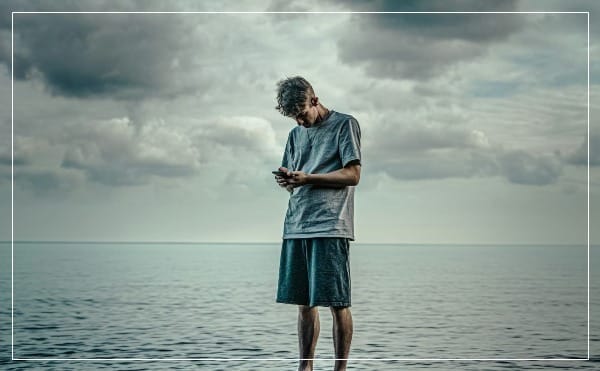How to Relearn Observation in a World of Distraction

In a world saturated with apps, notifications, and digital capture, we've stopped truly seeing. Our phones remember everything, but we observe nothing. The ancient practice of observation through paper and pen rebuilds the connection between eye, hand, and mind—transforming distraction back into deliberate attention.
Why Modern Technology Destroyed Observation
Modern humans capture thousands of images but see almost none of them. Smartphones create an illusion of memory while destroying actual observation. We scroll, consume, and react without processing what our eyes show us. The problem isn't technology itself—it's that we replaced observation with documentation, presence with performance.
Apps promise to enhance memory, but they externalize it. When you photograph a moment instead of watching it, your brain never encodes the experience. You have the file but not the memory.
Example: A tourist photographs the Burj Khalifa 50 times. Ask them a week later what they remember. Almost nothing. They have photos, not memories.
How Did Humans Document Reality Before Smartphones?
For thousands of years, humans documented everything through direct observation and manual recording. No cloud, no sync, no upgrades. They watched, they wrote, and that dual action—seeing plus recording—embedded the experience into memory. Writing by hand forces the brain to process information differently than passive capture, creating lasting neural connections.
The act of writing was the act of seeing. Ancient scholars, travelers, and documentarians carried notebooks, not cameras. What they recorded became part of them.
Example: Ibn Battuta traveled 75,000 miles across the Islamic world in the 14th century. His observations, written by hand, remain more vivid than most modern travel blogs.
What Makes Paper and Pen Superior to Apps for Observation?
Writing by hand isn't nostalgia—it's neuroscience. When your hand moves across paper, your brain activates motor cortex, visual processing, and language centers simultaneously. This multi-sensory engagement slows perception, reinforces memory, and forces you to translate observation into language. The result: you don't just see, you register. You don't just think, you synthesize.
Apps offer convenience. Paper offers permanence. A notebook from 20 years ago still works. A cloud service from 20 years ago is dead.
Example: Documentary filmmakers still carry field notebooks. The camera captures footage, but the notebook captures context—the light quality, the ambient sound, the feeling of the moment. That's what makes authentic storytelling.
The 7-Day Observation Reset
For seven consecutive days, carry a small notebook everywhere. Each time something makes you look twice—a detail, a pattern, a contradiction—write it down immediately. Not later. Now. Write in full sentences without editing or judging. At day seven, read everything. You'll see patterns, symbols, and story threads. This is how authentic documentation begins.
What to capture:
- Visual details others miss (mismatched shoes, specific gestures, unusual shadows)
- Sounds that create atmosphere (chair scraping stone, wind through scaffolding)
- Contradictions in behavior or environment
Example: Day 3 entry: 'Construction worker eating lunch in 45°C heat. Sits in shade that will disappear in 10 minutes. Doesn't move to different shade. Why?' This observation becomes a documentary scene.
Conclusion
Two thousand years from now, archaeologists might find your handwritten notes. They won't find your Notion workspace or cloud backup. The oldest system still works: paper, pen, eyes, hand.
The camera records what happened. The notebook captures why it mattered.
Available for documentary commissions in the Middle East.
Nikon Z9 | DJI | Cinematic storytelling for brands, NGOs, and cultural projects.
Contact: contact@eyentrue.com
